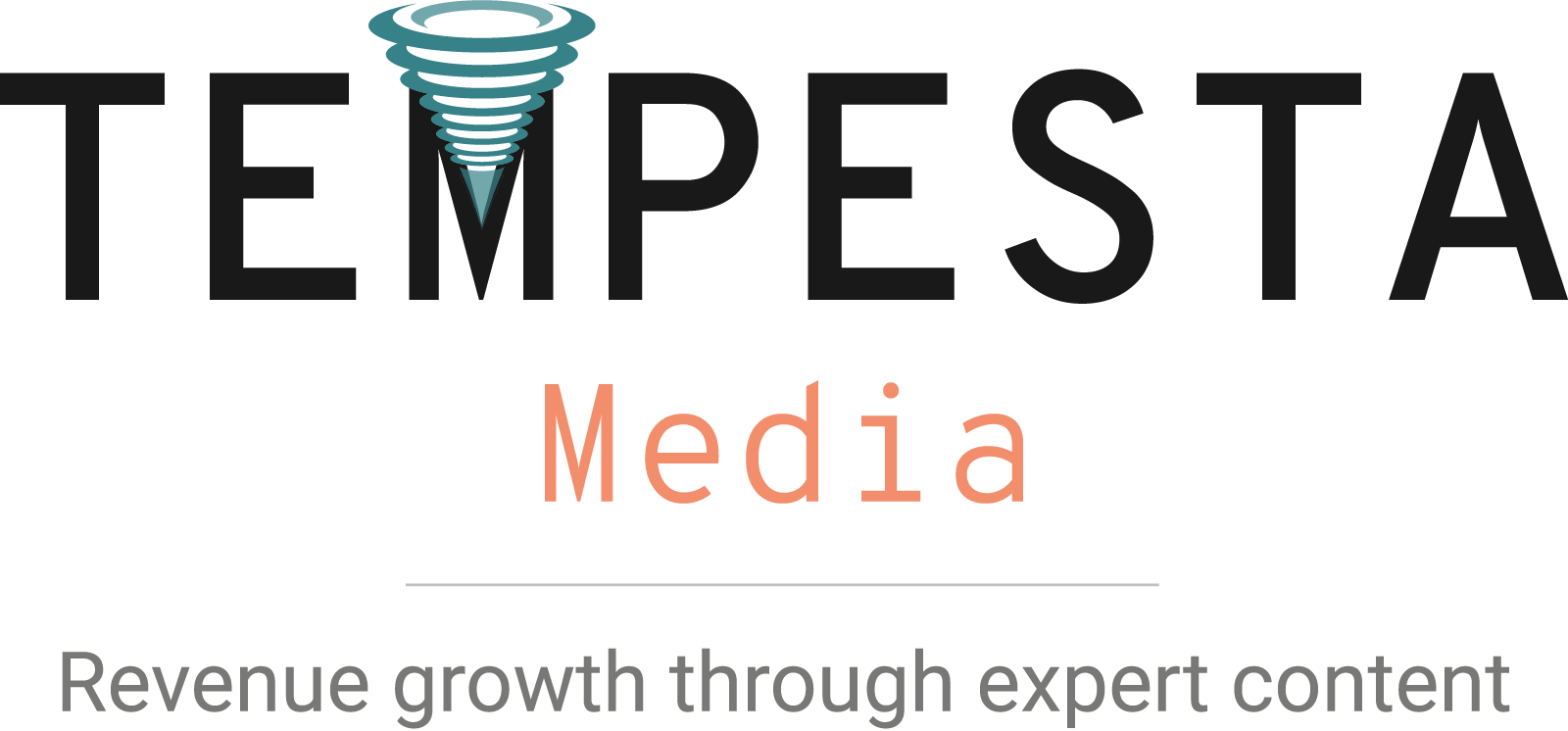In today’s digital age, creating content is essential for businesses in all industries to attract and retain customers.
Often times a business does not have the time or resources to continually produce high-quality content so they look to outsource.
Still, once a business decides to outsource their content needs, they quickly face another crucial decision: whether to use a content marketplace or managed content service (read about the pros and cons to both options). When determining what outsourcing method is best for your business, it is important to keep a few things in mind:
Defined turnaround times
When working with a content marketplace, agencies and enterprises are often not provided with specific turnaround times for their content. Without a specific timeline, it may become difficult for businesses to track and maintain a content schedule. This lack of transparency simply adds another hassle to a business’s end goal of creating consistent, quality content.
Managed services, on the other hand, work directly with their clients to adhere to established turnaround times. Tempesta Media not only provides customers with topic suggestions and editorial calendars but also guarantees that all pieces under 1,000 words are delivered to the customer within five business days.

Scale and quality for B2B content marketing
While both methods of outsourcing allow agencies and enterprises to receive content at scale, the true difference between a content marketplace and a managed service is found in the quality of the content delivered.
When using a content marketplace, customers are confined to a set list of categories for desired tones and styles of their content, ranging from “conversational” to “academic research” and “reporting.” Such broad categories often fail to truly capture the voice and brand of a business’s customers, leading to multiple revisions and unsatisfied customers.
At Tempesta Media, content strategists work directly with customers to create a unique “Voice Profile,” which ensures the content’s tone and style consistently align with a business’s brand. The personalized Voice Profile is a unique and unrivaled step that allows Tempesta Media’s expert team of writers to consistently create high-quality tailored content.
Managed services compared to doing it yourself: Return on time
A managed content service provides agencies and enterprises the best of both worlds – the ability to produce scaled content written by industry experts, while focusing on what they do best: delivering high-quality products and services to their customers.
Don’t fall behind in the digital world by placing unnecessary burdens on your marketing team. It’s time to outsource your content needs to the experts. Contact Tempesta Media today and allow us to be your trusted content provider.



















